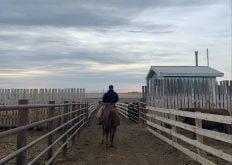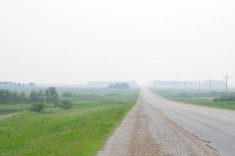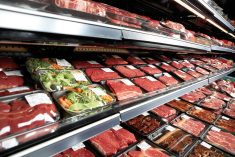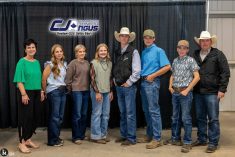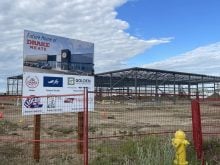When the federal and provincial governments asked Global Ag Risk Solutions if they had any forage insurance products for cattle producers, they said no, but that they would try to develop one.
From there, they started looking into satellite-based forage insurance for cattle producers.
Read Also
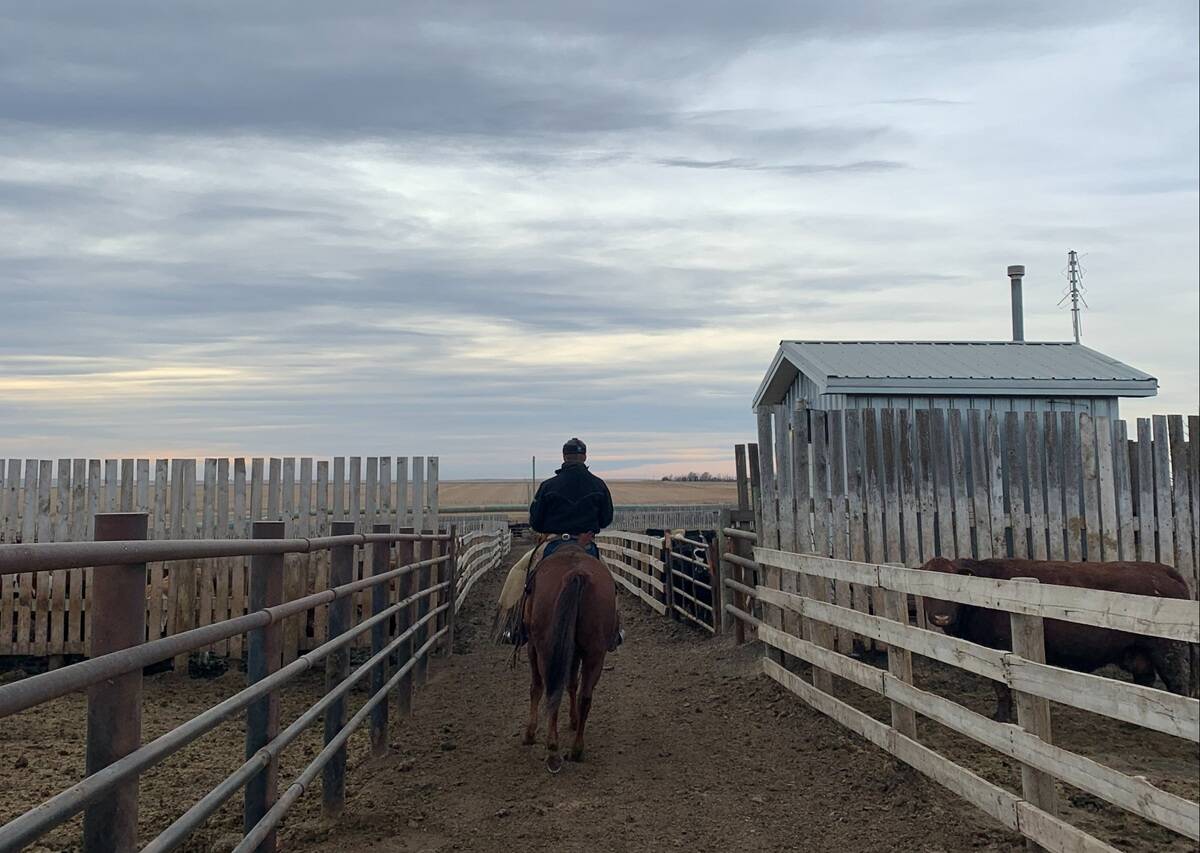
Pen riders still better than tech at detecting respiratory disease in feedlot cattle, says researcher
Recent research found that pen riders are better than tech at flagging signs of BRD in feedlot cattle
“We saw an opportunity that forage insurance is not sufficient for cattle operators,” says Dave Sullivan, chief operating officer of Global Risk Solutions.. “Mostly in the pasture side. There are some solutions in the bale and hay side, but we didn’t see effective solutions… so we knew we needed to find something that was cost effective, it needed to be something that was actuarily credible. It also had to have a high correlation to what’s going on on the farm.”
Sullivan, speaking at the Saskatchewan Stock Growers annual general meeting in early June, outlined the work Global Ag Risk Solutions did to try to find the best insurance options for cattle producers. However, there are many issues to consider when it comes to this type of insurance. For example, Sullivan says using nearby weather stations to measure rain in an area can be inaccurate.
“From my farm…we had good crops, good hay, we would have been getting paid out when we didn’t need it. And the reverse can happen where you don’t get a payment because your weather stations says it got rain.”
Because of this issue, among others, they concluded that satellite-based insurance would work the best for cattle producers in the province.
“So satellite-based offerings could be a solution for Saskatchewan and Western Canadian producers. Where we are focused, that satellite-based insurance would need to have a high frequency of imagery,” he says.
“We need to be having a high correlation of what the observations say from the satellite, what’s actually happening in the field.” It would also need adjustments to account for seasonal variations, he adds,
While looking into this type of insurance, Global Ag Risk Solutions came across a company known as Airbus, which has a similar offering in operation since 2016. It started in France, went to Italy, and is now being used in Brazil as well.
Sullivan says the Airbus methodology appealed to them the most because it follows a mesh grid structure and has a higher resolution, while also following phonology and typography, rather than just using a township map.
The benefit, he adds, is that it could account for the variability on the Western Canadian landscape. “You’re going to see some high lands and low land, and everything in between.It’s going to have different levels of growth, depending on the year,” he says.
“It generally follows that dominant sort of grass species that is in that area, following this mesh pattern to give a high correlation between what’s happening on the ground and what the insurance payload will be based on.”
In an emailed interview, an Airbus representative says the company has several solutions dedicated to agricultural sectors across the world and explained how they work.
“Month after month, the indicator is compared to the historical average, the maximum and minimum record years in grassland production, at a local — yet not individual — scale. When the index drops below an agreed threshold, the insurers compensate all insured breeders in the impacted local province — within the conditions defined in their respective contracts — without any paperwork or on-site expert inspection.”
However, this service isn’t offered in Canada yet. Sullivan says there are some issues that need to be addressed first. Currently, Global Ag Risk Solutions can’t build the product on their own because the Canadian capital market is too small for the company to expense.
Sullivan says there needs to be a public-private partnership so they can build the project.
“And then we can hand it off to SCIC (Saskatchewan Crop Insurance Corporation) or Canadian Cattlemens’ (Association) or Stockgrowers to do the distribution. Or we can be an in-between. We can do the administration, because we’ve got the systems already built.”
Currently, they are also struggling to get the funding needed for the project.
“Because we don’t have the funding, we didn’t do the actuarial work that’s been delayed. And now the development and commercialization of the pilot project is also delayed. That has essentially put everything else on hold.”
He says they hope to have a pilot project ready to go in 2023.




